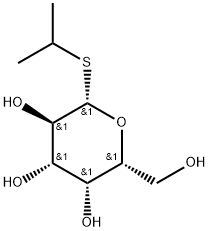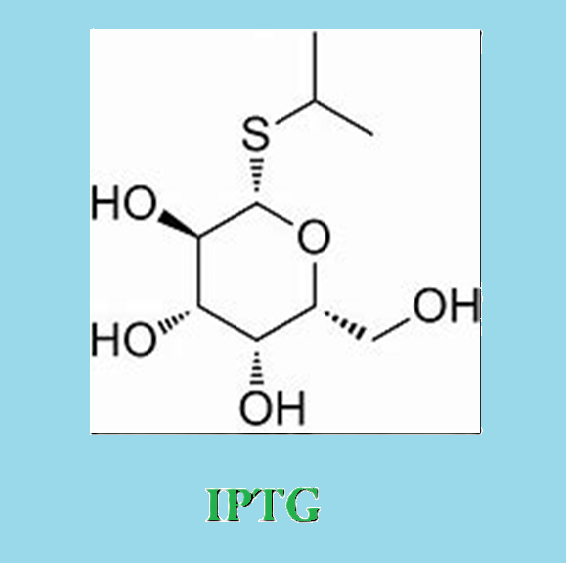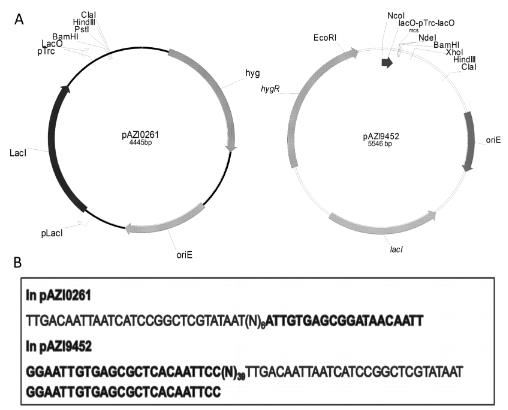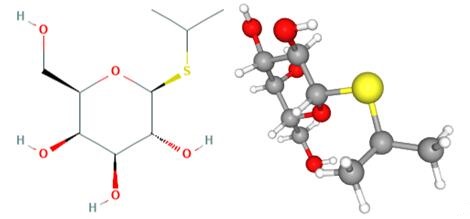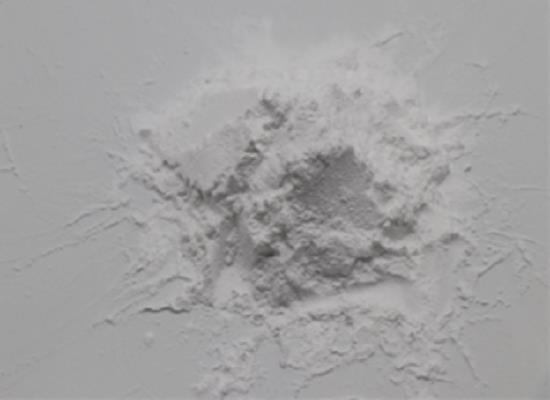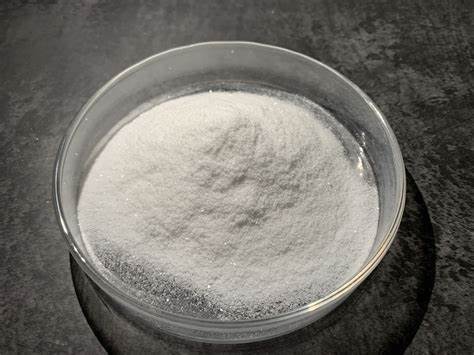Isopropyl β-D-1-thiogalactopyranoside (IPTG): a compound for scientific research
General Description
Isopropyl β-D-1-thiogalactopyranoside (IPTG) is a molecular biology reagent. This compound is a molecular mimic of allolactose, a lactose metabolite that triggers transcription of the lac operon, and it is therefore used to induce protein expression where the gene is under the control of the lac operator. IPTG is a kind of nonmetabolizable analog of lactose widely used for heterogeneous gene expression in Escherichia coli system. Although IPTG functions as an efficient inducer of the lac operator, its high cost and potential toxicity to human beings make it more satisfactory for small-scale rather than for large-scale fermentations. IPTG is a compound that plays a significant role in scientific research, particularly in molecular biology and biochemistry. It is widely used as an inducer of gene expression and a tool for protein overexpression and purification.
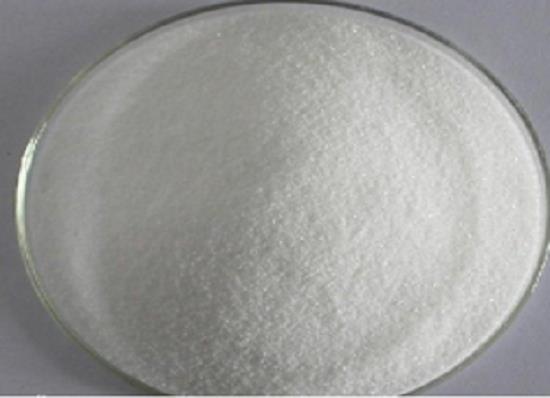
Figure 1. Isopropyl-beta-D-thiogalactopyranoside
![Article illustration]() Properties
Properties
IPTG has the chemical formula C9H18O5S and a molar mass of 238.30 g/mol. Its IUPAC name is Propan-2-yl 1-thio-β-D-galactopyranoside. Structurally, IPTG is a derivative of galactose, specifically a thioglycoside. It consists of a galactose ring linked to an isopropyl group at the anomeric carbon through a sulfur atom. IPTG exhibits several important chemical properties. Firstly, it is a white to off-white crystalline powder that is soluble in water, dimethyl sulfoxide, and other polar solvents. This high solubility allows for easy preparation of IPTG solutions in various concentrations. One key property of IPTG is its ability to mimic the natural substrate of the lac operon in Escherichia coli bacteria, allolactose. IPTG binds to the lac repressor protein, preventing it from binding to the operator region of the lac operon. As a result, IPTG induces the expression of genes downstream of the lac operator, such as the lacZ gene encoding β-galactosidase. Furthermore, IPTG is stable under a wide range of experimental conditions, allowing for precise control of gene expression levels. It is not metabolized by many common bacterial strains, making it a reliable and consistent inducer in microbial systems. 1
Applications in scientific research
![Article illustration]()
![Article illustration]() Protein expression and purification
Protein expression and purification
IPTG is widely utilized in protein expression and purification studies, playing a crucial role in molecular biology research. IPTG serves as an inducer for the expression of recombinant proteins and facilitates their subsequent purification. IPTG is commonly used to induce the overexpression of target proteins in genetically modified organisms, such as bacteria or yeast. By introducing IPTG into the growth medium, the lac operon is activated, resulting in the production of high levels of the target protein. This controlled induction enables researchers to obtain large quantities of the desired protein for downstream applications. Fusion proteins are frequently utilized in recombinant protein production to aid in purification and enhance solubility. IPTG is employed to induce the expression of fusion proteins containing a cleavable affinity tag, such as polyhistidine (His-tag). Following induction, the fusion protein can be purified using affinity chromatography, where the His-tag specifically binds to a metal ion resin, facilitating its isolation from other cellular components. Subsequent cleavage of the fusion partner yields the purified target protein. Overall, IPTG finds extensive utility in protein expression and purification. Its ability to induce recombinant protein synthesis and facilitate the purification process has made it an indispensable tool for researchers in various fields, enabling the study of protein structure, function, and interactions. 2
![Article illustration]()
![Article illustration]() Cell culture and microbiology
Cell culture and microbiology
IPTG serves as a non-hydrolyzable analog of lactose, acting as a potent inducer of the lac operon. Its primary application lies in facilitating heterogeneous gene expression in Escherichia coli systems. However, due to its relatively high cost and potential toxicity to humans, IPTG is more commonly used in small-scale fermentations rather than large-scale ones. Please note that while IPTG functions as an efficient inducer of the lac operator, its cost and potential toxicity limit its suitability for large-scale fermentation processes. 3
Reference
1. Protein expression and purification Hogenkamp
F, Hilgers F, Knapp A, et al. Effect of Photocaged Isopropyl
β-d-1-thiogalactopyranoside Solubility on the Light Responsiveness of
LacI-controlled Expression Systems in Different Bacteria. Chembiochem,
2021, 22(3):539-547.
2. Liska V, Dyr JE, Suttnar J, Hirsch I, Vonka V. Production and simple purification of a protein encoded by part of the gag gene of HIV-1 in the Escherichia coli HB101F+ expression system inducible by lactose and isopropyl-beta-D-thiogalactopyranoside. J Chromatogr B Biomed Appl, 1994, 656(1):127-133.
3. Li X. Chapter 8 - Bioengineering of FGFs and New Drug Developments. In Fibroblast Growth Factors, Li, X. Ed, Academic Press, 2018, 477-558.
You may like
Related articles And Qustion
See also
Lastest Price from IPTG manufacturers

US $0.00/Kg/Bag2025-04-21
- CAS:
- 367-93-1
- Min. Order:
- 1KG
- Purity:
- 98%min
- Supply Ability:
- 500KG

US $25.00/ASSAYS2025-04-21
- CAS:
- 367-93-1
- Min. Order:
- 100ASSAYS
- Purity:
- 99.5%
- Supply Ability:
- 100 mt
